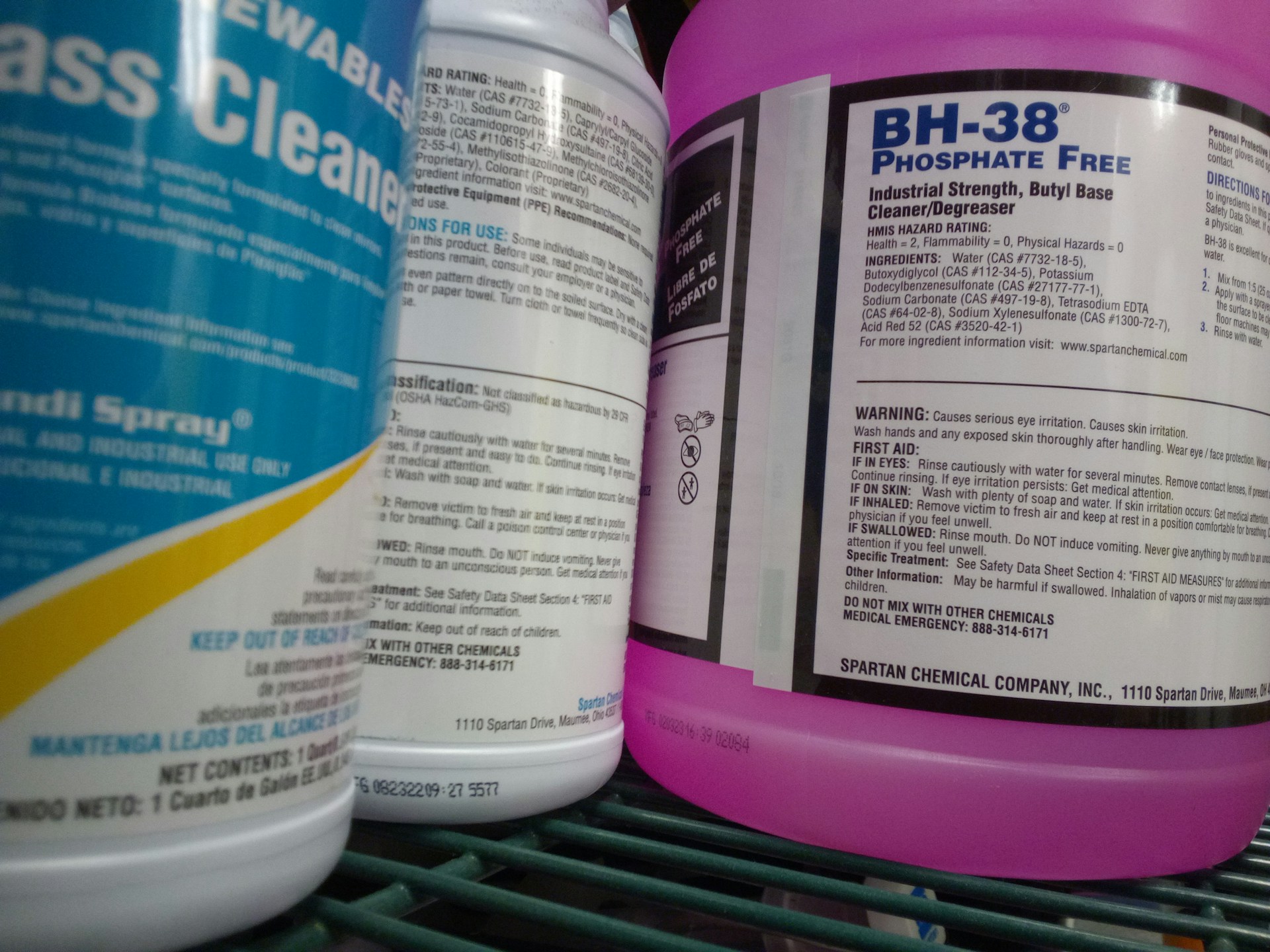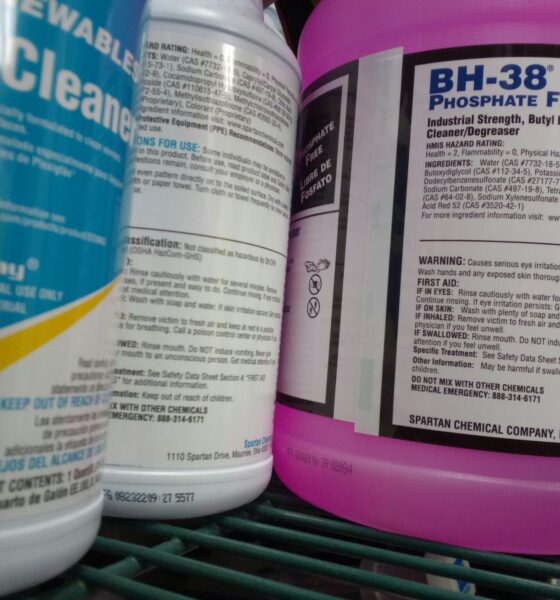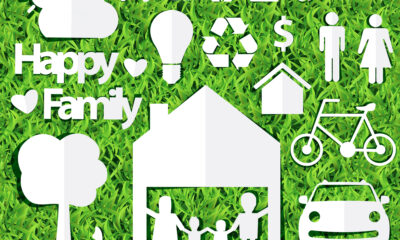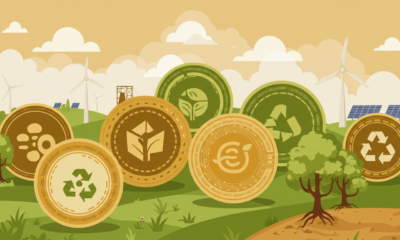

Environment
Decoding Chemical Labels: A Small Step Toward Safer, Greener Industry
Today, more people than ever care about the effect that manufacturing and building have on the environment. We have all seen countless materials and chemicals get used for years only to eventually be involved in some sort of controversy. Sadly, such practices went on for so long because of a lack of understanding and accountability, in equal measure.
We’ve come a long way in terms of how well chemicals and materials are labeled for consumers and manufacturers alike. Now, it’s up to the people to read said labels and do their due diligence regarding what they find.
Chemical labels can only express so much, so researching the materials you use is important. Follow along as we explore the importance of chemical labels and how they can push us toward a safer, greener world.
The Invaluable Importance of Chemical Labels
Today, we are surrounded by objects and products containing many chemicals and synthetic materials. This fact has left many people feeling jaded and careless about what goes into these products. That has a lot to do with why so many people neglect chemical labels altogether, both at work and at home.
Naturally, people don’t always care about the effects these chemicals can have. Sadly, this is often because the labels themselves are seemingly convoluted and unclear to people who don’t have chemistry degrees. However, you can’t necessarily blame someone for neglecting these labels given how they are worded, at least in the past.
After all, many people understandably don’t have time to fully read or understand them. However, such labels can speak volumes of how the chemicals can affect people, animals, and the environment. Decoding chemical labels can reduce our negative environmental impact and protect humans, and they’re easier to read than ever. Doing so can yield many benefits, such as:
Create a Safer Workplace
Many people work jobs where they must use chemicals or products that contain many chemicals. Said people don’t always necessarily have a vast knowledge of chemistry. A lack of deep chemistry knowledge shouldn’t limit their ability to work safely without suffering chemical burns and respiratory issues.
Both of these negative side effects are possible when mishandling some chemicals. Even worse things can happen, and the injuries associated with chemical misuse are sometimes horrific. That’s why employers must teach their staff to read chemical hazard labels.
Similarly, manufacturers must do their due diligence and make chemical labels as clear as possible. Otherwise, they will put many people at risk, both at home and in the workplace.
Protect the Environment
It’s no secret that many of the chemicals we use today are harmful to the environment. That’s not the chemical’s fault, but it is our fault if we mishandle chemicals. This is why labels must specify whether or not a product contains chemicals that are harmful to the environment.
We can’t expect businesses and consumers to safely dispose of products that contain chemicals if they’re improperly labeled. The same can be said for unclear labels that don’t specify the environmental impact. Manufacturers must clearly express the environmental impact and provide the classification.
The public must also be aware of how important understanding chemical labels is. Making this information widely available is essential to preventing further environmental damage. A mixture of making chemical labels more clear and educating the public better is necessary to reduce such damage.
Ensure Transparency
Nobody wants to feel misled, whether they’re using chemicals to manufacture products or they’re buying them to use at home. Well-written, clear, and thorough chemical labels ensure transparency and can instill trust in people. Not only should labels explain the impact and dangers of the chemicals, but they should also serve as a jumping-off point.
For example, consumers and people who work in manufacturing should be able to easily find more information about chemicals. Someone may see a chemical listed, notice that it’s labeled as hazardous, and look into it. Upon investigation, they may learn more about the impact said chemical can have on the environment.
The more people know, the more likely we are to move toward using safer, greener chemicals and materials. Manufacturers, consumers, and builders can then choose whether or not using harmful materials is worthwhile. This is a great way to give people a choice and empower them to do what they find best for the environment.
Hold Businesses Accountable
Accountability is a big part of the push for making each industry greener. Sure, many businesses know they use unsafe chemicals and materials that can harm the environment. They’re seemingly okay with that in many cases, but the widespread push for accountability can change that.
Now, discovering unsafe materials and manufacturing practices often leads to public relations disasters. This has led some businesses to mix things up and use more sustainable, less harmful construction and manufacturing materials. The increased accountability means that businesses and corporations must often answer for these things.
Chemical Labels Offer More Clarity Than Ever
Today, it’s harder than ever to use ignorance as an excuse for using unsafe chemicals. That’s because chemical labels have come a long way in communicating key information without confusing manufacturers and consumers. However, change only happens if people on all sides make an effort to push for a greener world.
Consumers must recognize unsafe chemicals and materials and take the danger into account. Even just knowing a bit more about how chemicals affect humans, animals, and the environment can make a difference. That allows people to make informed decisions before doing something that could affect the environment.


 Environment10 months ago
Environment10 months agoAre Polymer Banknotes: an Eco-Friendly Trend or a Groundswell?

 Environment11 months ago
Environment11 months agoEco-Friendly Home Improvements: Top 7 Upgrades for 2025

 Features9 months ago
Features9 months agoEco-Friendly Cryptocurrencies: Sustainable Investment Choices

 Features10 months ago
Features10 months agoEco-Friendly Crypto Traders Must Find the Right Exchange























